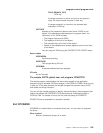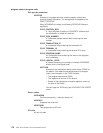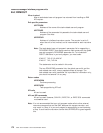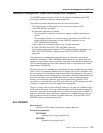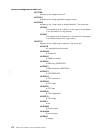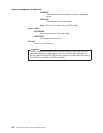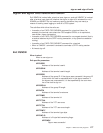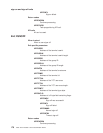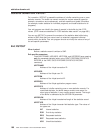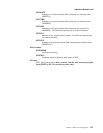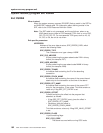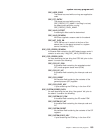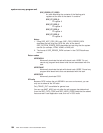
Signon and signoff exits XSNON and XSNOFF
Exit XSNON is invoked after a terminal user signs on, and exit XSNOFF is invoked
after a terminal user signs off (whether the signon or sign-off is successful or not).
XSNON and XSNOFF do not make any security decisions; they are merely a
means of tracking users logging on and off a CICS system.
The activities which drive the exits are:
v Invocation of an EXEC CICS SIGNON command for a terminal (when, for
example, the terminal user enters the CICS-supplied CESN, or an equivalent,
user-written, signon transaction)
v Invocation of an EXEC CICS SIGNON command for a surrogate terminal (that is,
a terminal attached by the CRTE routing transaction, or by dynamic transaction
routing)
v Invocation of an EXEC CICS SIGNOFF command for a terminal
v When a 'CANCEL' command is entered to terminate a CRTE routing session
v A timeout sign-off.
Exit XSNON
When invoked
When a user signs on.
Exit-specific parameters
UEPUSRID
Address of the terminal userid.
UEPUSRLN
Address of the terminal userid length.
UEPGRPID
Address of the group ID. If the signon was successful, the group ID
is that which the user is associated with in this signon session. If
the signon was unsuccessful, it is that specified by the user when
he or she tried to sign on.
UEPGRPLN
Address of the group ID length.
UEPNETN
Address of the terminal’s netname.
UEPTRMID
Address of the terminal id.
UEPTCTUA
Address of the TCT user area.
UEPTCTUL
Address of the TCT user area length.
UEPTRMTY
Address of the terminal-type byte.
UEPSNFLG
Address of a 2-byte field containing flags:
UEPSNOK
Signon was successful
sign on and sign off exits
Chapter 1. Global user exit programs 177



